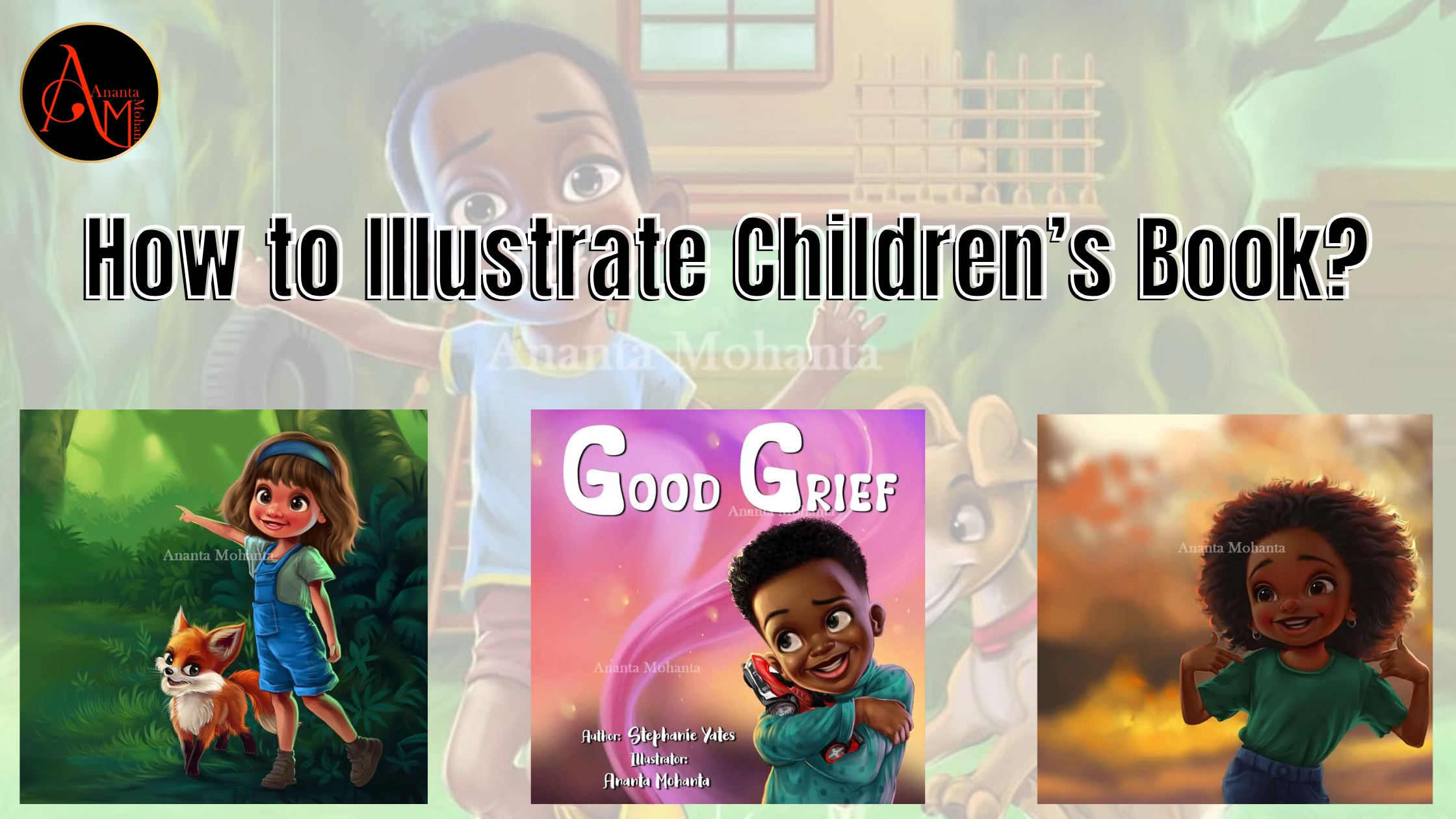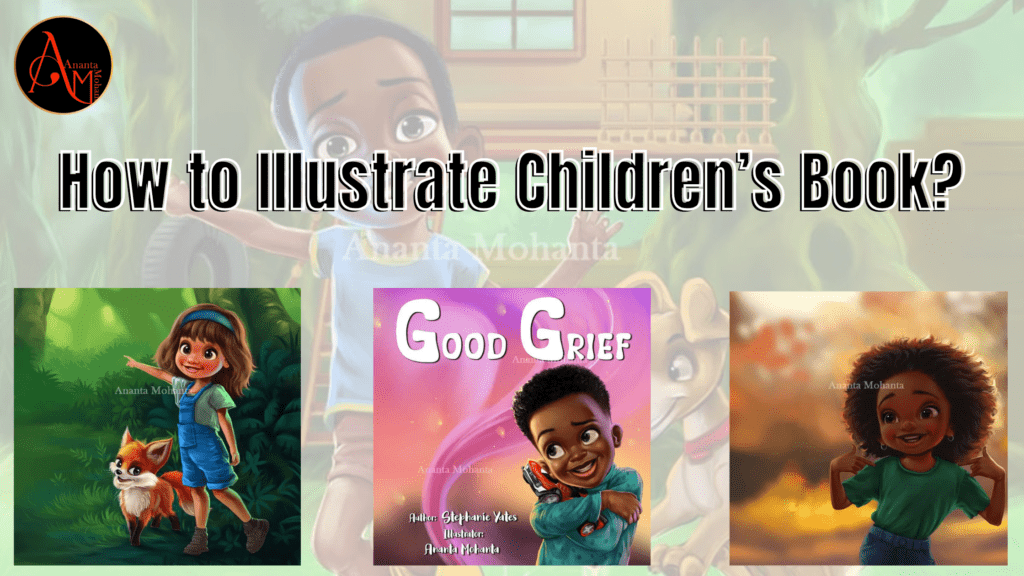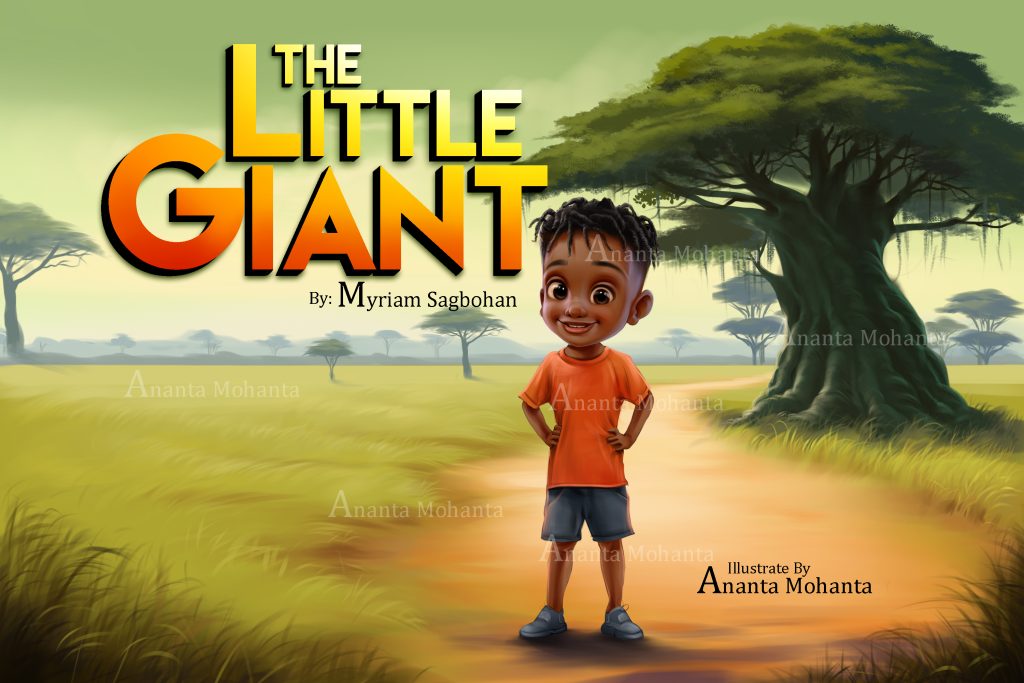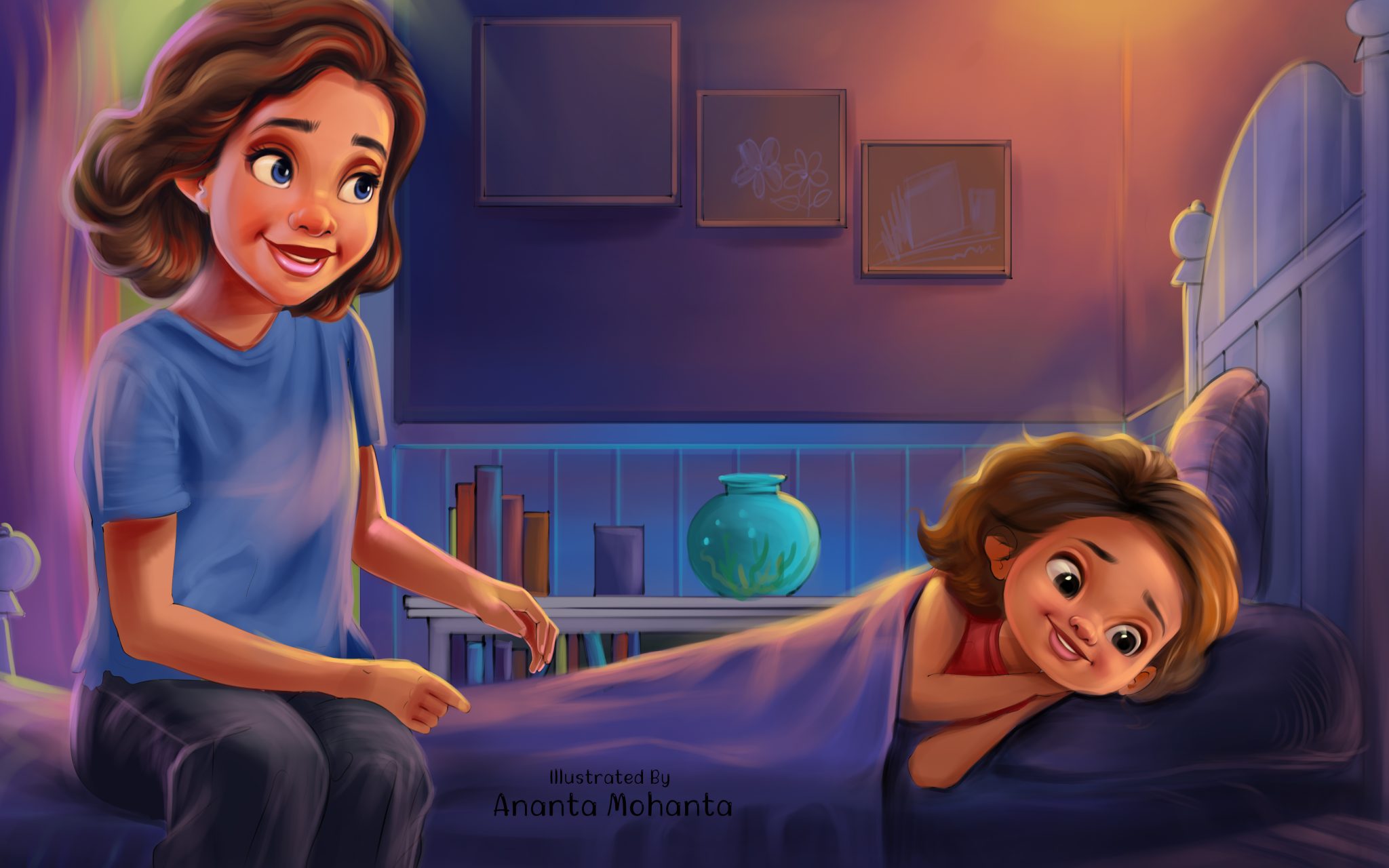How to Publish a Children’s Book: A Complete Process
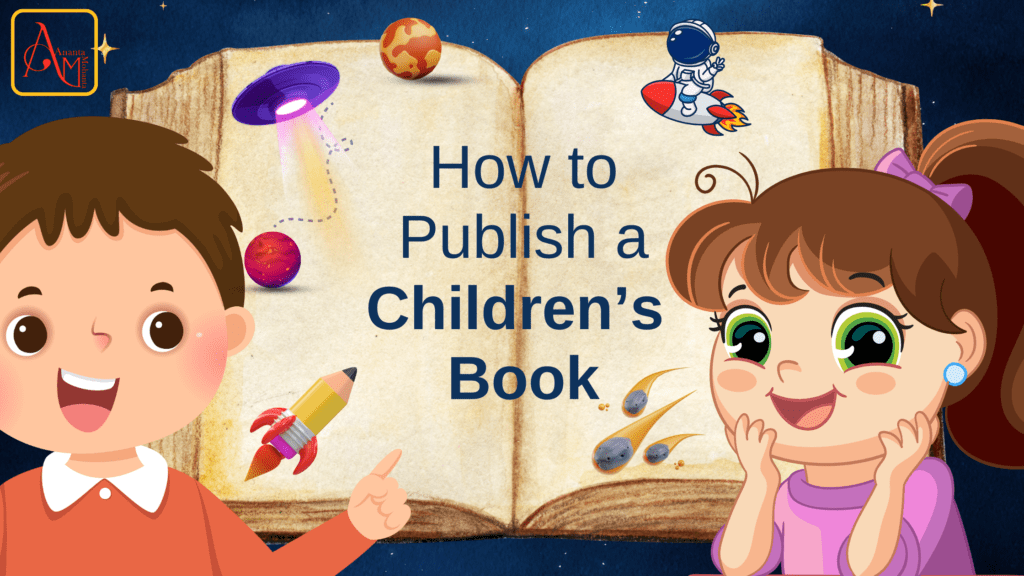
Table of Contents
With precise steps and tips, you will make interesting and captivating tales to engage children.
What is a Children’s Book?
How to Publish a Children’s Book: A Step-by-Step Guide
If you are a professional children’s book author or illustrator or a newbie who wants to publish his book, these below steps will guide you through your new book publishing journey and engage children highly,
Let’s keep reading;
Step 1. Identify the targeted Age Group
Identify the age group or type for whom your book is meant before you begin writing. Age groupings are applied to classify children’s literature. Infants must read board books, pre-schoolers must-read books that contain vibrant and visually appealing images, and teens must-read books that are divided into various chapters.
Step 2. Build the Idea of Your Story
Step 3. Make and Edit a Manuscript
Once your writing is done, edit the manuscript. Check for work stuffing and grammatical errors. Seek feedback from authors, seniors, reading enthusiasts, and educators. If needed, re-do the parts or modify some. Your story will become the better version each time you modify it. The process of publishing is made simpler by the editing of the manuscript.
Step 4. Select the Right Illustrations and Find an Illustrator
Children’s book illustrators with extraordinary talent can be spotted on websites like AnantaArt.com. An illustrator with years of expertise and mastery can bring your tales to life. Ensure that your book’s tone is shown in the catchy illustrations.
Step 5. Format Children’s Book with Precision
Step 6. Cover Creation
Step 7. Decide Which Publishing Path to Choose
Step 8. Get Copyright Protection and ISBN
Step 9. Print and Publish the Book
Step 10. Book Distribution
Benefits of Publishing a Children’s Book
Sharing Your Story: The most important benefit of children’s book publishing is sharing your story. Expressing your thoughts and views becomes easier through book publishing. It allows you to offer young minds vital lessons. Kids can be instructed, motivated and engaged by your stories in a joyous and catchy manner.
Highest Recognition and Visibility: Getting a Children’s book published can assist you in getting huge recognition. It leads you to become a highly credible writer. Libraries, publishers, retailers, and websites will all know your name. By doing so, you can grow your audience of a specific age group and readership.
Creative Fulfillment: The method of writing, editing, illustrating and publishing a children’s book is a creative process. It gives you the joy of executing and expressing your innovative ideas. It is extremely satisfying to have your book published and know that young readers love it.
Improves Critical Thinking Skills: Writing a children’s book assists in cognitive organization and problem-solving. It boosts your storytelling skills. Writing uplifts your thinking skills and communication skills by teaching you the ways to express your creative thoughts clearly.
Enhance Imagination and Creativity: Narrating a children’s book enables you to use your artistic skills. It allows you to think out of the box. Young readers love reading as imaginative ideas are translated to life via storytelling and catchy illustrations.
Boosts Confidence: You think you have achieved something when publishing a children’s book. It defines your skills to complete a big assignment creatively. Children’s appreciation and love towards your book enhance your self-esteem, motivate you, and make you extremely proud of your innovative creations.
Final Words
If you are an author or publisher looking to create a stunning story for young readers and make them engrossed in your book, get connected to Anantaart.com and make vibrant illustrations to make learning interesting.

